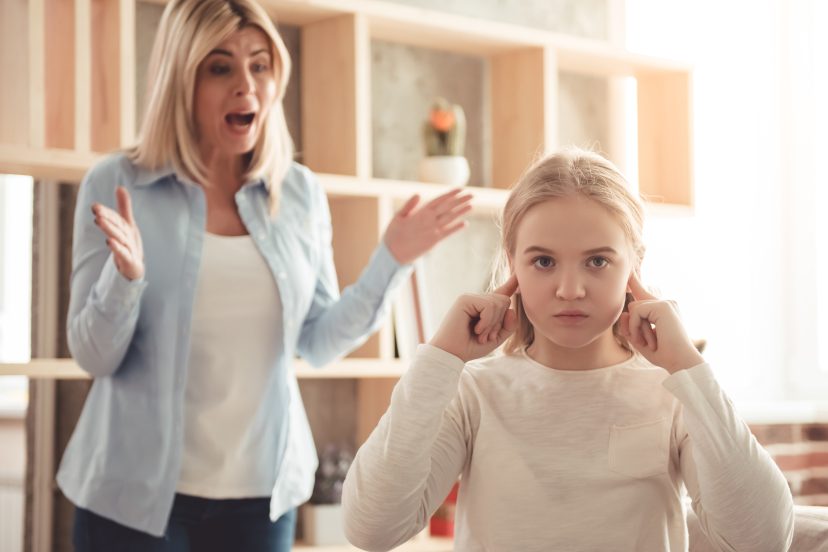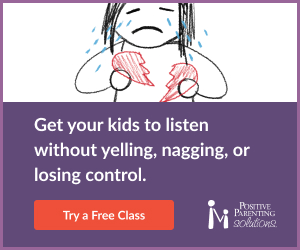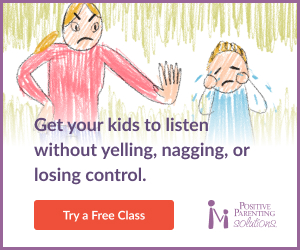No Yelling Parenting: Essential Strategies for a Calmer, Happier Home
As a parent, my journey has been filled with learning and growth. Positive parenting is an approach that focuses on guidance, support, and love, rather than punishment and fear. It’s about building a relationship with your children based on mutual respect and understanding. The ‘No Yelling Formula’ is a cornerstone of positive parenting. It’s a commitment to managing our emotions and reactions, ensuring that our communication with our children is always respectful and constructive.
Why Yelling Is Not Effective
Let’s explore the important reasons why yelling is an ineffective approach in parenting and how it can have lasting negative impacts on both children and the parent-child relationship
Creates Fear, Not Respect: Yelling can instill fear in children, which might lead to short-term compliance but does not foster genuine respect. Over time, this fear can erode the trust and bond between parent and child, leading to a relationship based more on intimidation than on mutual respect and understanding.
Impacts Emotional Development: Children are highly impressionable and sensitive to their environments. Regular exposure to yelling can negatively affect their emotional development. It can lead to increased anxiety, stress, and feelings of insecurity. In the long run, children who are frequently yelled at may struggle with self-esteem issues and find it challenging to develop healthy emotional responses.
Models Aggressive Behavior: Children learn by mimicking adults, particularly their parents. When parents use yelling as a form of communication, it teaches children that aggression is an acceptable way to express frustration or anger. This modeling can lead to children replicating similar behaviors in their interactions with others, potentially leading to aggression or conflict in their social interactions.
Hinders Effective Communication: Effective communication is key to understanding and resolving issues. Yelling can shut down meaningful dialogue, making it hard for children to express their feelings or understand the message being conveyed. It often leads to a defensive reaction rather than an open discussion about the behavior that needs to be addressed.
May Cause Long-Term Psychological Effects: Research has shown that children who are frequently yelled at may experience long-term psychological effects. This can include an increased risk of developing depression, anxiety, and other mental health issues. The stress caused by a hostile environment can also have physiological effects, impacting brain development and emotional regulation.
Undermines Problem-Solving Skills: Yelling often focuses on the problem rather than the solution. It can inhibit the development of problem-solving skills in children, as they become more focused on avoiding the yelling rather than understanding and resolving the underlying issue.
Damages Self-Expression and Confidence: Constant yelling can make children feel that their opinions and feelings are invalid or unimportant. This can discourage them from expressing themselves and hinder the development of their confidence and self-advocacy skills.
Leads to a Cycle of Negative Behavior: Children who are yelled at might temporarily stop the undesirable behavior out of fear, but this does not address the root cause of the behavior. It can lead to a cycle where the child continues the behavior, gets yelled at, and becomes resentful or upset, without a constructive resolution.
Practical Steps to Help With No Yelling
Here’s a list of practical steps you can take to help with the ‘No Yelling Formula’ in postive parenting:
Take a Deep Breath: Before reacting, pause and take several deep breaths. This helps calm your immediate emotional response and gives you time to think.
Use a Timeout for Yourself: If you feel you’re about to yell, give yourself a timeout. Step away from the situation for a few moments to collect your thoughts.
Educate Yourself: While there are a lot of parenting courses available, Positive Parenting Solutions is the best one I have come accross. They and currently offering a free 60 minute Webinar on the 5 step no yelling formula to get your kids to listen.
Lower Your Voice Deliberately: Consciously lower the tone and volume of your voice. Speaking softly can often de-escalate a situation more effectively than yelling.
Stay Mindful and Present: Focus on being in the moment rather than on the frustration. Mindfulness can reduce the impulse to yell.
Practice Empathy: Try to see the situation from your child’s perspective. Understanding their feelings and motives can reduce the likelihood of yelling.
Set Clear and Positive Expectations: Instead of focusing on what you don’t want, clearly communicate what behavior you expect from your child.
Use Humor: Lightening the mood with a bit of humor can break the tension and prevent a yelling scenario.
Regular Physical Activity: Engage in regular exercise to manage stress and improve mood, which in turn can reduce the urge to yell. Yoga is great for this.
Positive Reinforcement: Focus on and acknowledge the positive behaviors of your child more than the negative. This creates a more positive environment overall.
Seek Support When Needed: Don’t hesitate to talk to friends, family, or professionals for support. Parenting is challenging, and seeking help is a sign of strength, not weakness.
Implementing the No Yelling Formula using Positive Discipline
Implementing positive discipline is about guiding children towards better behavior through understanding, respect, and consistency. Here are some practical examples of how you can apply positive discipline in everyday situations:
Set Clear Boundaries and Expectations: Clearly communicate the rules and expectations to your child. For example, if bedtime is at 8 PM, consistently reinforce this rule and explain the importance of a good night’s sleep for health and energy.
Use Positive Reinforcement: Recognize and praise good behavior. If your child completes their homework without being reminded, commend them for their responsibility and diligence.
Offer Choices: Give your child options within acceptable limits. For instance, let them choose between two outfits for the day or decide between apples or bananas for a snack. This encourages decision-making and independence.
Implement Logical Consequences: Instead of punishment, use consequences that are directly related to the misbehavior. If a toy is thrown in anger, the consequence could be that the toy is put away for the rest of the day.
Use a Calm Down Corner Instead of Time-Out: Instead of sending your child away to time-out, use time-in where you spend time together discussing the behavior, why it was inappropriate, and what better choices could be made in the future. Calm down corners are good for situations like this.
Encourage Problem-Solving: When conflicts arise, guide your child to come up with solutions. For example, if they are arguing with a sibling over a toy, help them brainstorm ways they can take turns or play together.
Model Respectful Behavior: Show the behavior you want to see. Speak to your child respectfully, listen to their concerns, and demonstrate kindness and empathy in your interactions.
Consistent Routines: Establish and maintain consistent daily routines. Regular schedules for meals, journaling, and bedtime help children feel secure and understand what is expected of them.
Redirect Negative Behavior: Instead of focusing on what your child is doing wrong, redirect their attention to a positive activity. If they are drawing on the walls, provide paper and suggest they create a drawing for their room.
Teach Emotional Regulation: Help your child recognize and express their emotions in healthy ways. If they are feeling angry or frustrated, teach them to use words to express their feelings. Another way would be to engage in calming activities like playing with yoga cards or playing outside.
Final Words From Me
Embracing the ‘No Yelling Formula’ has been a journey of personal growth. It has taught me patience, understanding, and the true meaning of unconditional love. The journey of positive parenting is ongoing. Every day brings new challenges and opportunities to learn and grow together.
Frequently Asked Questions
How do I start implementing the ‘No Yelling Formula’? Begin by understanding your triggers and practicing stress management techniques. Communication and empathy are key.
What if I slip up and yell? Apologize and explain to your child why it happened. Use it as a learning experience for both of you.
Can this formula work with older children? Absolutely. It’s never too late to start positive parenting practices.
How do I handle extreme misbehavior without yelling? Use calm, firm communication, and enforce logical consequences for actions.
Is it normal to find this transition challenging? Yes, changing any ingrained behavior is challenging. Seek support and be patient with yourself.






